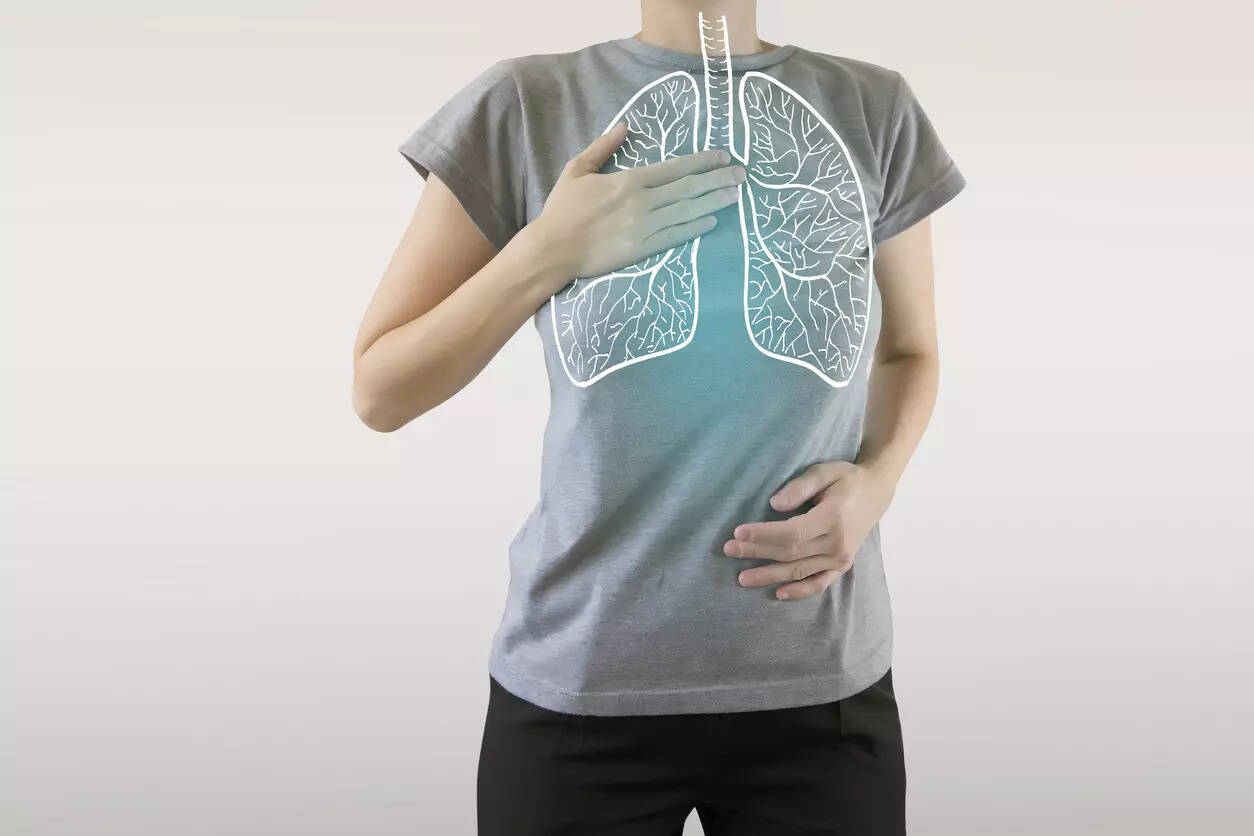
Lucknow: Around 25 per cent of lung cancer cases in the city are now being reported among non-smokers, with a growing number seen in women and younger adults.
On the eve of World Lung Cancer Day, experts from KGMU and other major hospitals linked this rise to air pollution, indoor smoke exposure, and late diagnosis.
Prof Ved Parkash, head of respiratory and critical care medicine at KGMU, said that about 30% of their lung cancer patients never smoked.
“This trend is especially common in women and children exposed to air pollution, smoke from biomass fuels in rural and semi-urban homes, and secondhand smoke in shared households,” he explained.
He cited a study published last year in Atmospheric Environment, which found that PM2.5 levels in the city regularly exceed WHO limits.
The study highlighted pollution hotspots and seasonal spikes in fine particulate matter. In non-smokers, lung cancer was associated with environmental pollutants, indoor toxins, genetic predispositions, and evolving lifestyles. “Women may also be more biologically vulnerable to these factors,” he noted. Dr Abhishek Kumar Singh, director of medical oncology at Medanta Hospital, stressed the danger of secondhand smoke and industrial fumes.
“The secondhand smoke from tobacco products contains thousands of harmful chemicals. Paint and industrial emissions further increase risk. These exposures can lead to asthma, bronchitis, and various cancers – especially in children and pregnant women. Avoiding smoking in closed spaces and ensuring good ventilation are key preventive steps,” he said.
Dr Alok Gupta, senior director of medical oncology at Max Super Speciality Hospital, added, “Even non-smokers’ lungs show black deposits due to long-term exposure to pollutants. Besides passive smoke, other risks include unventilated cooking fumes, radon gas, and asbestos.”
Dr Dawar Masud Rizavi, associate director, pulmonology and sleep medicine at Apollo Hospital, said, “Exposure to radon, industrial toxins, air pollution, and poorly ventilated indoor cooking can increase the risk. In some families, genetics may play a role, but many of these exposures are preventable.” he said.







